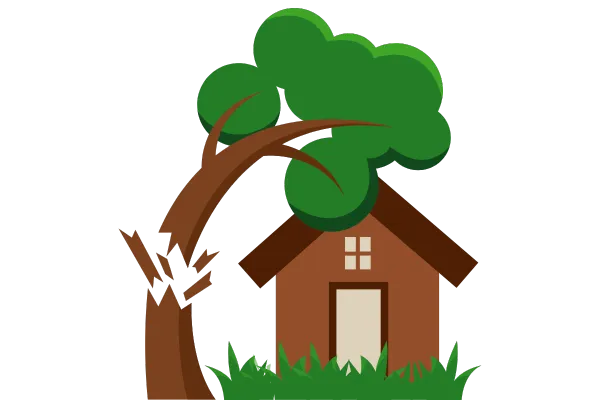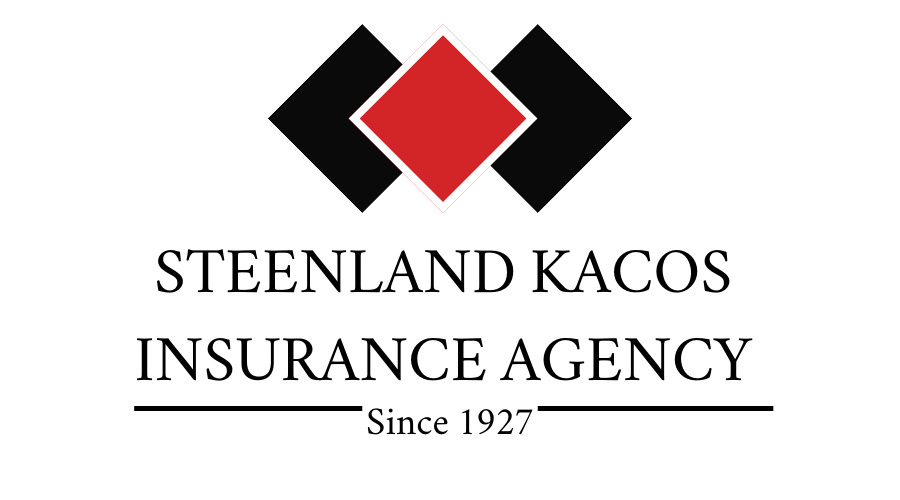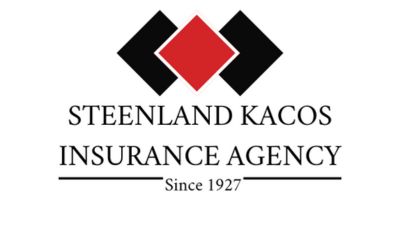Steenland Kacos Insurance Blog

Basic, Broad, and Special Form
Basic, Broad, Special Form
In insurance, there are some terms that are often thrown around without being fully explained. Basic, Broad, and Special forms are good examples of this. These terms don’t come up often because most homeowners' policies are written on a Special form basis, so the conversation rarely arises. In this article, we’ll look at what each of these types of loss forms cover, what they don’t cover, and what they actually mean.
Before diving in, it’s important to know what a peril is. Simply put, a peril is a cause of loss. This could be anything from a windstorm or hail to lightning. Different forms of peril coverage apply to different things, with Basic covering the least and Special covering the most.
Basic
Basic form is the most restrictive type of coverage. It’s written on a named peril basis, which means insurance will only cover the causes of loss that are specifically listed on the declaration page. Basic form covers only ten

perils: fire, lightning, explosion, windstorm or hail, smoke, aircraft or vehicle damage, riot or civil commotion, volcanic action, sprinkler leakage, and vandalism or malicious mischief. If any of these events occur, the insurance would apply and pay for damages up to your policy limits. However, if something happens that’s not on this list, your insurance wouldn’t cover it, and you’d be responsible for the costs.
Broad
Broad form is a bit more inclusive than Basic form. Like Basic, Broad form is also written on a named peril basis, but it includes all the perils covered by Basic form plus a few additional ones. These additional perils include
weight of snow, ice, or sleet; water damage (not related to floods); falling objects; and glass breakage. For instance, if a pipe bursts or a tree falls and damages your home, Broad form would cover it. Water damage in this context refers to things like a burst pipe or an overflowing bathtub—again, flood damage is still excluded.
Special
Special form is the broadest and most common type of coverage for homeowners' policies today. Unlike Basic and Broad forms, which only cover named perils, Special form is written on an open peril basis. This means that everything is covered except for specifically listed exclusions. Essentially, if something happens that isn’t

explicitly excluded, you’re covered. For example, if a deer runs through your house, or you accidentally drop something heavy and damage your floor, Special form would cover the loss. Even mysterious disappearances, where an item goes missing without explanation, are covered.
Of course, even Special form coverage has exclusions. Common exclusions include ordinance or law changes, earth movement (such as earthquakes or landslides), government action, nuclear hazards, utility service interruptions, war, water damage from floods or mudslides, and fungus (like wet rot, dry rot, or mold). Intentional acts are also excluded. It’s important to consult your agent or review your current insurance policy to understand what is and isn’t covered, as some carriers may have additional exclusions.
Conclusion
In summary, there are three forms of loss coverage: Basic, Broad, and Special. Special form is the most comprehensive of the three and is the most commonly used in homeowners' policies today. It’s always a good idea to check your policy to understand your coverage and make sure you and your family are well protected.
FAQS
How does auto insurance work?
Auto insurance protects you financially by covering the costs of damage or injuries from a vehicle accident or theft. It is a contract between you and the insurance company, where you agree to pay the premium, and the insurance company agrees to pay your losses as defined in your policy.
What is umbrella insurance?
Umbrella insurance provides additional liability coverage above the limits of your homeowners, auto, and boat insurance policies. It kicks in when the liability on these other policies has been exhausted, offering an extra safety net of protection.
Why do I need liability insurance on my policy?
Liability insurance is critical because it covers legal costs and payouts for which you are found legally responsible. Without it, you could be faced with paying out of pocket for costly damages or medical bills.
How can I save on home insurance?
Maximizing savings on home insurance can be achieved by comparing policies, increasing deductibles, and ensuring your home has up-to-date safety features. Regular reviews of your policy can also uncover other potential savings.
What factors affect my auto insurance rates?
Several factors can affect your rates, including your age, driving history, and the type of vehicle you drive. Rates are also impacted by where you live, as different areas have varying risks of theft and accidents.



